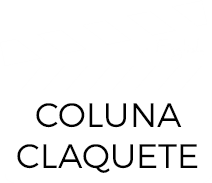I Am Legend
The eternal struggle between good and evil
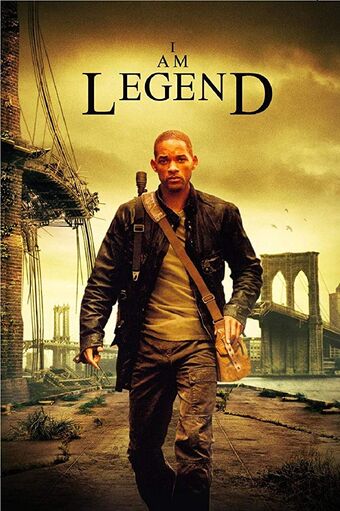
Apocalyptic films with zombies are no novelty in cinema, but few are inspired by good science fiction books. The American writer Richard Matheson had several books brought to the screen, including “I am legend”, published in 1954, which inspired three great movies, “The Last Man on Earth” (USA, 1964), “The Omega Man” (USA, 1971) and “I Am Legend” (USA, 2007), about which we will discuss.
In the original story, a virus turns everyone on Earth into vampires, with the exception of scientist Robert Neville, who has to fight everyone. This idea was followed in the movies of 1964 and 1971, where Vincent Price and Charlton Heston play the central character. There was also a short film produced by the Escuela de Cinematografía in 1967, with the title “Soy leyenda”, based on the same story.
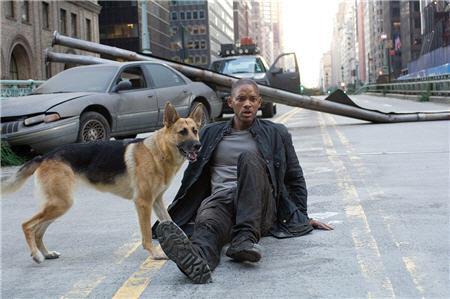
In 2007 version, the virus originates from an alleged cure for cancer, but it proves capable of incredible destruction. In the first weeks, 90% of Earth’s inhabitants die from the virus. Among the survivors, a small part proves to be immune, but the rest turn into crazy zombies, who are attracted by the blood of living people and feed on human flesh. These beings have the sensitivity exacerbated in the skin so that the mere exposure to ultraviolet rays emitted by the sun can burn them.
It is in this universe that Robert Neville (Will Smith) lives, a scientist of the American army, who, immune to the virus, remains in Manhattan, the central island of New York, where he constantly searches for a way to end the disease that destroyed the world.
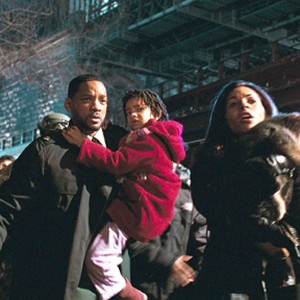
While walking around the city, accompanied by the dog Samantha, Neville fights against the zombies, tries to keep his sanity and suffers from the lack of his dead family when the city was isolated.
He uses the possible means to communicate with other possible survivors, broadcasting messages over the radio, in the hope that more people will be in the same situation as him. When he is practically surrendering to despair, he is surprised by the arrival of Anna (the Brazilian actress Alice Braga) and his son Ethan (Charlie Tahan), two survivors who came from São Paulo. Of course it is not explained that the two are Brazilians (if they are), after all, every American knows that Spanish is spoken in Brazil and our capital is Buenos Aires…
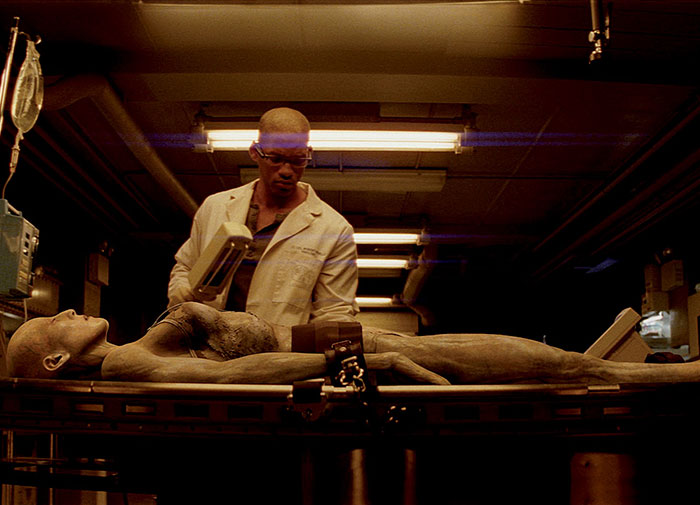
They will still have to resist a final battle where the zombies seem to start to create a hierarchy and organization, to destroy their worst enemy, the scientist himself.
The basic difference between 2007 movie and earlier versions seems to be the trend with overflow d the special effects where the story gets a little choked. Add to this the Manichaeism so present in Western culture, where, in our simplistic way of thinking, the world is seen as if divided between Good and Evil. Good and Evil, black and white, light and darkness. Certainly, these stories told by Orientals would have a completely different perspective.
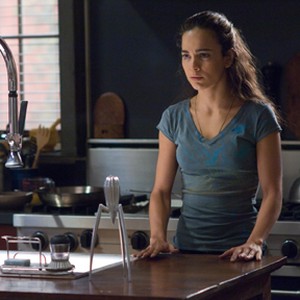
Richard Matheson had other books adapted to the cinema: The Shrinking Man (1956), filmed as “The Incredible Shrinking Man” (USA, 1957); A Stir of Echoes (1958), filmed as “Stir of Echoes” (USA, 1999); Hell House (1971), filmed as “The Legend of Hell House” (USA, 1973); Bid Time Return (1975), filmed as “Somewhere in Time” (USA, 1980) and What Dreams May Come (1978), filmed as “What Dreams May Come” (USA, 1998).
A good book is not always a guarantee of a good movie, and I have seen great stories wasted in the cinema. But in Matheson’s specific case, the successes in the adaptations were the majority. For that, his experience as a screenwriter must have been worthwhile, as demonstrated by the almost ninety credits listed on the IMDB website.
